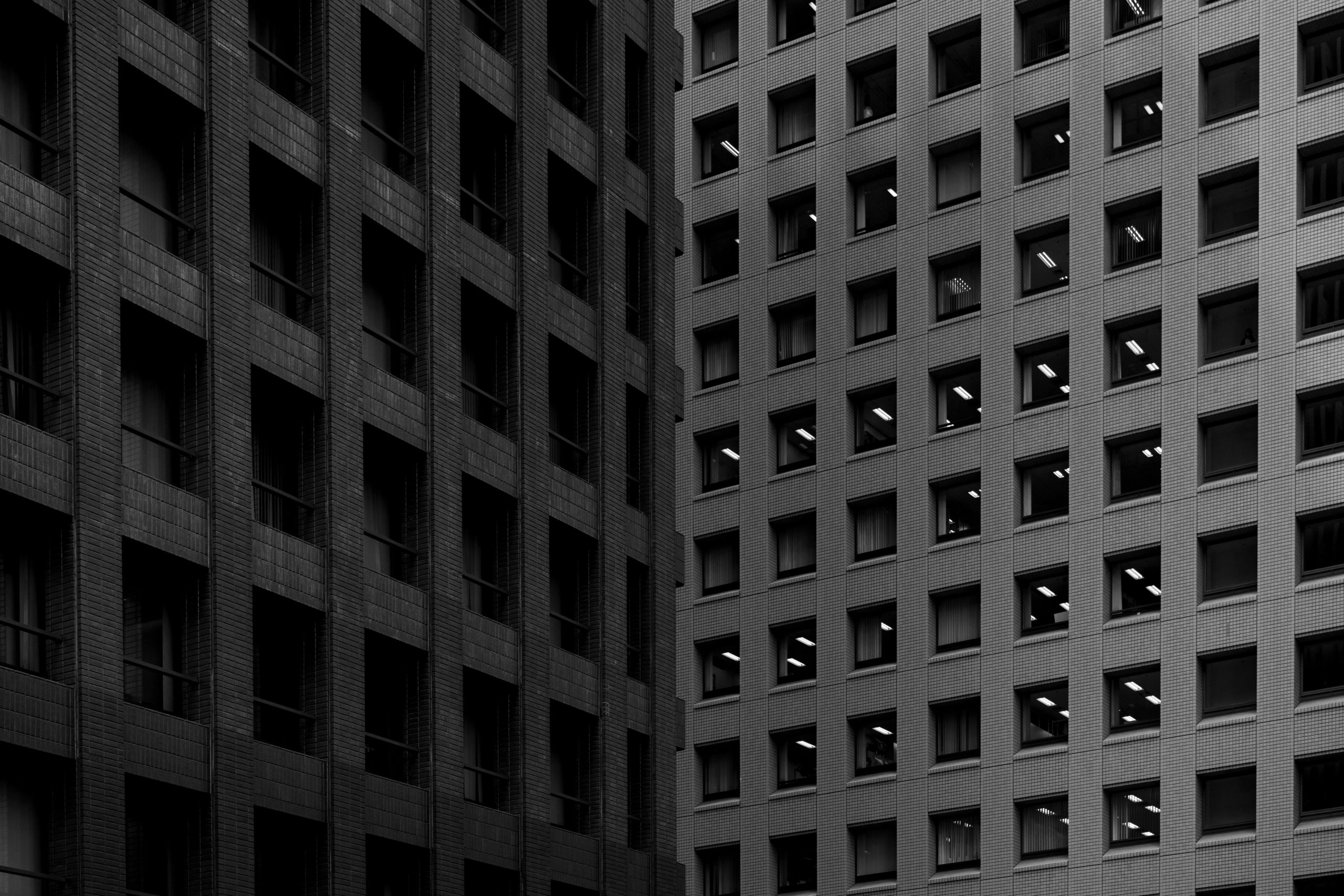
The fundamentals of interior design will never change as they are what brings the elements together into a cohesive, definable, and aesthetically pleasing visual medium.
Some people do have that innate talent of transforming a room into a jaw-dropping interior space. Bringing in mixes and matches of great finds from thrift stores and even from bargain home depot shops, these talented people can bring together the elements into a stunning and tasteful interior.
Although there’s no magic when it comes to interior design, instead, it’s how one makes use of these basic principles. Much like professional designers, where following these fundamentals are paramount in creating aesthetically pleasing and functional spaces.
But, note that creating harmony doesn’t mean designing without variety. There should be a balance between the two to create a vibrant and cohesive interior design.
A worth-mentioning type of harmony in interior design is color: Color Harmony. A room’s color or hue is probably the first thing we notice in a room and as a universal language that can convey a myriad of emotions and meanings. As an essential and fundamental principle and the element of interior design, it can affect the overall look of a room. As bright and neutral colors bounce off light, it can make a room look seem larger while dark hues, on the other hand, can make a room cozier and smaller.
Ways to Create Balance: Symmetrical Balance. Usually has a focal point. It is where assigning a central point where elements are used similarly to each side. This is demonstrated on one-point perspectives in painting and visual graphics. Asymmetrical Balance. Unlike symmetrical, the form, color, and other basic elements may not be duplicated, but instead, use different elements but still have the same perceived weight or intensity. This still achieves balance from the center point.
For instance, for a Savanah themed interior, you can use leaf-patterned wallpaper with green shades. Taking a cue from this pattern, you can choose to have similar leaf prints on your throw rugs or even on your sofa covers. Add sculptural vases with avocado green hues on reddish wood oak center tables and embellish the ceiling with black chrome-plated drop pendants to finish the look.
Contrast is an essential aspect of creating designed spaces. In an interior designer’s book, contrast is an effective way to emphasize a focal point or how to showcase, say sculptural furniture. Repetition and similarity can be blunt, and with contrast, it can make elements pop.
Even the best successful designers do break the rules when it comes to principles of design. But, if ever they do so, typically, a commendable quality is at stake. Unless you have gained extensive experience in interior design, it is still best to follow these fundamentals. If you’re ready, then you may bend a rule or two!